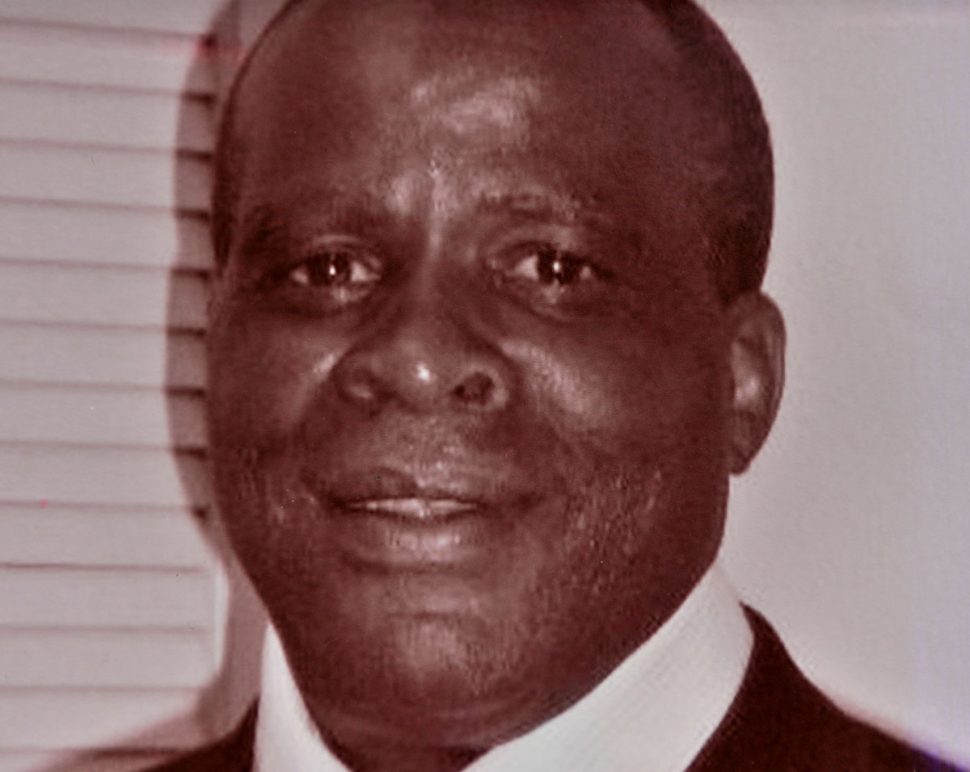In pairs and small groups, activists and Fred Taft’s loved-ones went door-to-door Saturday asking residents of Lakewood Village if they knew anything about the July 21 shooting at Pan American Park that killed the beloved family man.
One of their last questions: Do you think this case should be treated as a hate crime? Taft was black. Witnesses said the unidentified gunman is white.
That question is one Long Beach police and community members have been grappling over for the past month.

Taft’s friends and family have pushed investigators to say the killing was racially motivated. But police say they’ve so far found no evidence showing a motive, and they’ve yet to home in on any suspect. Because of that, police say it’s impossible to say whether the slaying was a hate crime, something they’ve reminded the public carries a clear legal definition.
The California Penal Code defines a hate crime as a “criminal act committed, in whole or in part, because of one or more of the following actual or perceived characteristics of the victim: disability, gender, nationality, race or ethnicity, religion, sexual orientation, association with a person or group with one or more of these actual or perceived characteristics.”
A homicide committed because of someone’s race carries a harsher penalty, including life in prison without parole, according to the penal code.
The races of a victim and suspect can play a part in hate crime prosecutions, but the key is using explicit evidence to prove a crime was motivated by one of the biases laid out in the penal code, said Michele Goodwin, a director at UC Irvine School of Law and an expert in human rights law.
“If the prosecution is looking to show this is a bias-motivated crime, you need more than a gun, you need more than a bullet,” Goodwin said.
In a clear-cut case, police would have evidence such as a recording in which a person makes an explicitly biased statement while committing the crime. That often doesn’t happen, so the prosecution must rely on evidence from the person’s past behavior to prove bias, according to Goodwin.

With a person in custody, police can look into his or her background, at social media and web history, and talk to family and friends to see if the person has expressed any racial bias.
In this case, police likely can’t even start that process yet because they are still trying to find and identify the shooter. They released a statement asking for the public’s help last week, saying they think there are more witnesses yet to come forward.
But the family and friends of Taft think there’s enough information to call Taft’s slaying a hate crime, citing racist graffiti found in the park and other instances of racial tension including reports about a man who would harass park-goers with racist expletives.
“It’s not hard,” said Audrena Redmond, a Black Lives Matter Long Beach co-founder. “We know that there are things that have been happening in this park. We know that Fredrick Taft was a 57-year-old black man in this park. We know that we live in this current climate that we live in.
“So we can draw conclusions and so can [police], which is why we’re saying, ‘This is a hate crime.’ But we want the validation and the pressure from the community for that.”

Taft’s family says the killer didn’t take anything from Taft, who went into a bathroom at Pan American Park where he was attending a family reunion moments before he was shot.
“I believe it’s a hate crime,” said Mareatha Moore, the mother of Taft’s daughter previously told the Long Beach Post. “If he was missing his phone or wallet, we would think maybe this was a robbery or something.”
Ultimately, the decision of whether to charge a suspect with a hate crime is up to prosecutors, not detectives. And the prosecution needs evidence to show a jury “beyond a shadow of a doubt” that a person committed the crime out of racial bias, Goodwin said.
Activists and Taft’s loved-ones have taken it upon themselves to keep pressure on investigators to solve the case.
They organized Saturday’s community canvasing event where they started knocking on neighbors’ doors because they wanted more information and they believed the police hadn’t reached out to enough people.
After the civilian event was planned, police announced on Friday night on social media that they too were canvasing the neighborhood immediately surrounding Pan American Park to ask people for any details they have.

